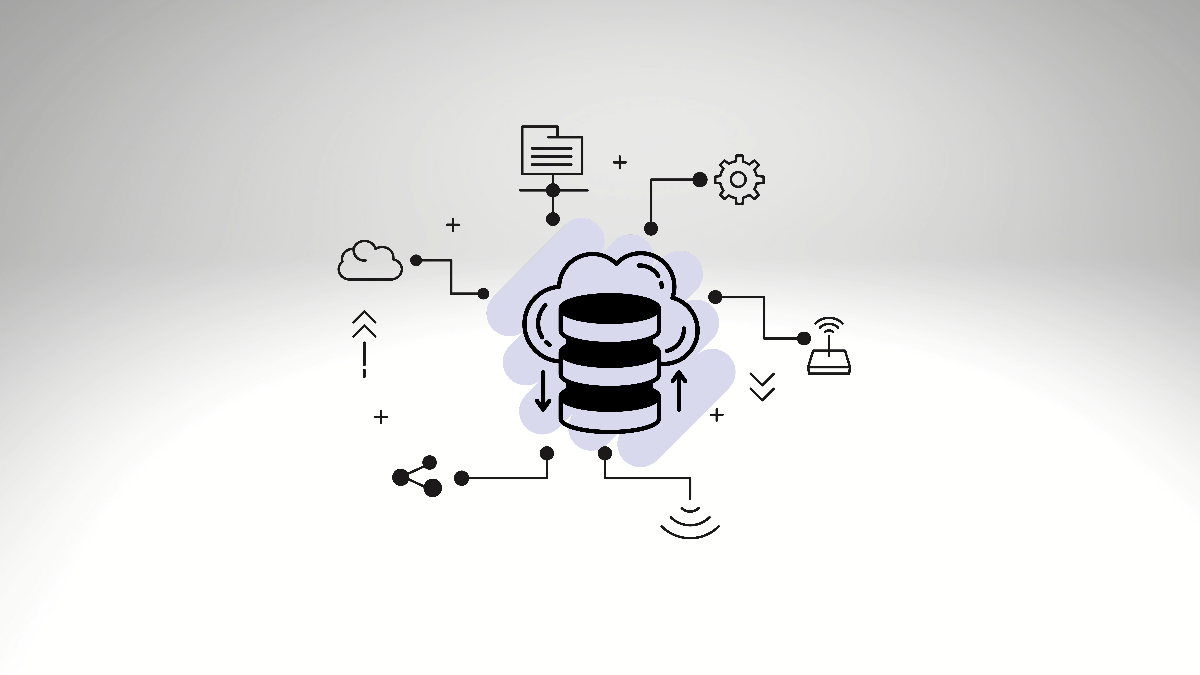Unleashing the Power of AI & ML in Enhancing Cloud Security

Imagine a world where our digital lives, big corporations, and essential service providers are secured from cyber threats at all times. This is not a distant, utopian vision but an imminent reality being shaped by Artificial Intelligence (AI) and Machine Learning (ML). As we increasingly lean on Cloud technology, with data spreading across servers far and wide, the need for detection mechanisms that can outsmart cybercriminals has never been more crucial.
In this enlightening journey through bytes and algorithms, you will gain insight into AI and ML’s role in revolutionizing cloud security. You’ll see how these technologies predict potential threats even before they occur and learn about their success stories against brutally powerful DDoS attacks or traumatic data breaches.
But beyond understanding the current landscape, where is this rapidly evolving field steering us? Ponder over the millennium age question – Will unsupervised learning surpass human intelligence one day? Discover how AI-driven cybersecurity solutions are constantly getting smarter and probe into what pioneers of tech infer about the future scope of AI and Machine Learning in cloud security.
This article provides an accessible deep dive into these fascinating intersections of cloud computing, cybersecurity, and advanced learning algorithms. Astonish yourself with findings like these: Do you know that AI models can identify patterns in behavior that even top-notch experts fail to notice? Or how democratic nations plan to leverage them for national security?
Join us as we unravel computational mysteries that keep your data safe while stored miles away from your device. Prepare to have your minds blown.
Understanding the Basics of AI and Machine Learning
AI, or Artificial Intelligence, is a ground-breaking technology used in many sectors, including cloud security. Its primary task within this context is to safeguard data stored in the cloud from numerous security risks.
Definition and Functions of AI in Cloud Security
Artificial Intelligence is the simulation of human intelligence by machines. In terms of cloud protection, its functionality ranges from identifying potential vulnerabilities to efficiently managing incident responses. Simply put, AI steps in as an extra layer of armor for data protection; it tirelessly outperforms manual checks by scanning millions of files within seconds and identifying threats that could otherwise slip through traditional screening processes.
The Role of Artificial Intelligence in Detecting Security Threats
Artificial Intelligence’s capabilities are not just limited to detecting threats. It uses complex algorithms and pattern recognition systems to predict future vulnerabilities and nip them in the bud before they evolve into full-blown attacks.
How Machine Learning Contributes to Cybersecurity Enhancement
Machine learning (ML), a subfield of AI, adds substantial weight to cybersecurity measures. It utilizes statistical models and computational systems to improve its performance over time without explicit programming. In essence, ML learns from experience: the more data it’s fed, the smarter it gets at distinguishing between legitimate activities and potential threats—a trait indispensable for dynamic cloud environments with their ever-evolving security challenges.
Examining Various AI and ML Concepts Relevant to Cloud Security
Pattern Recognition in Predicting Potential Threats
Pattern recognition forms the basis of cyber threat detection. At its core, this concept hinges on identifying trends within vast sets of random data points—an ability paramount when weeding out anomalous behaviors hinting at security compromises amongst billions of legitimate operations.
Supervised Vs. Unsupervised Learning: Which is More Effective?
While supervised learning operates under predefined labels set by humans—a model beneficial for tackling known issues, unsupervised learning ventures into uncharted waters by finding patterns and correlations within unlabeled data. This allows it to detect novel threats that experts have yet to discover, demonstrating promises of surpassing human intellect in the future. Nevertheless, whether unsupervised learning will overshadow human capabilities remains a topic worthy of exploration.
The Role and Impact of AI in Anticipating Cyber Threats
Artificial intelligence has emerged as a key player in the realm of cloud security. It has redefined the way we anticipate cyber threats, effectually opening up new avenues for preventing data breaches and other attacks before they occur. Where traditional defenses may fall short, AI steps in with predictive capabilities that allow it to identify potential threats early on. Essentially, it astutely applies gathered knowledge to speculate about future vulnerabilities, thereby enabling proactive countermeasures.
AI’s capacity to instantly process high volumes of data, coupled with its predictive prowess, makes it an exceptional tool against the ever-evolving landscape of cyber threats. It efficiently manages responses to incidents, often catching and neutralizing threats before they can cause considerable damage. Whether these are VoIP-based DDoS attacks or cleverly concealed spyware applications, AI enables us to stay one step ahead.
Exploring Machine Learning’s Approach Towards Identifying Security Risks
Machine learning (ML) is an offspring of artificial intelligence, which holds immense potential within the cybersecurity world. It empowers cloud security mechanisms by continuously improving their efficiency without needing explicit programming direction – a feature that essentially puts ML at the forefront of adaptive defense.
One intriguing aspect of ML as applied within cybersecurity is its ability to learn from past experiences and differentiate normal activity from suspicious patterns, a capability not far from instinctive human intuition but carried out at a speed and scale humans cannot match – crucial considering the daily transactions carried out in most global organizations number in billions.
This constant vigilance and unrivaled pattern recognition capacity help identify anomalies that can then be flagged as potential security risks for investigation or immediate action. By doing so, ML effectively decreases reaction times while increasing the chances of spotting even subtle signs indicative of a threat looming on the horizon.
Summary
In conclusion, the power of AI and machine learning in strengthening cloud security is undeniable. They offer forward-looking and resilient security measures, potentially surpassing human capabilities. Step into the future of cybersecurity with us as we continue to explore and harness these transformative technologies.




Comments